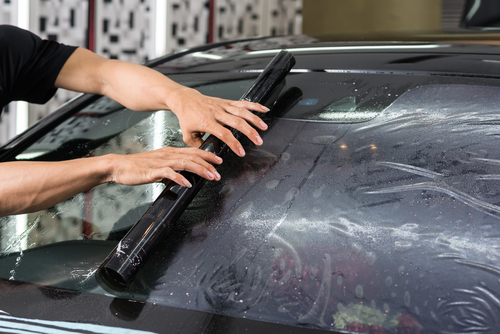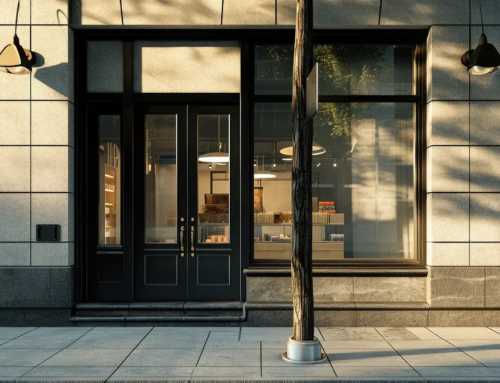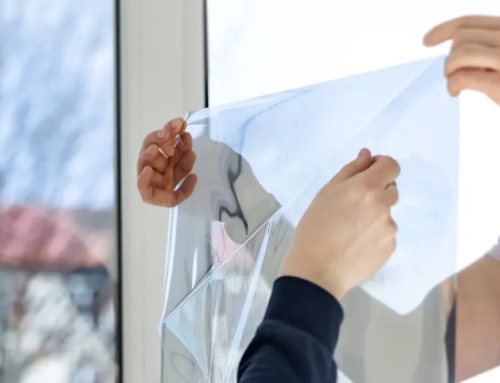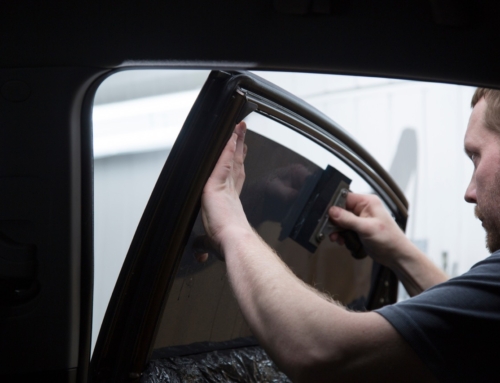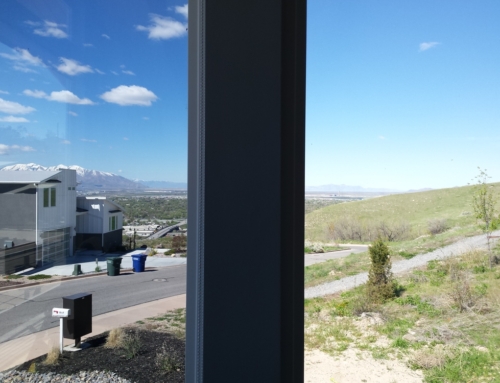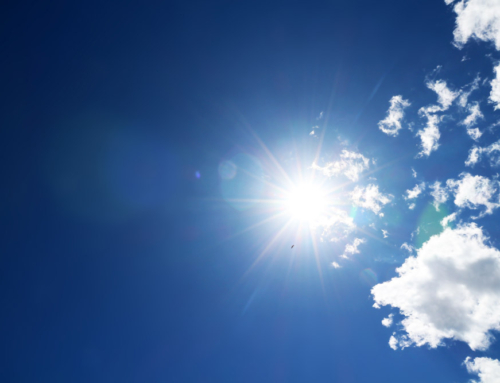People get their vehicle’s windows tinted for a variety of reasons. It helps prevent passersby from looking into your vehicle to see if you’ve left anything valuable inside, it increases the strength of window, it prevents UV rays from burning you in your car, and it reduces amount of heat that transfers into your vehicle from direct sunlight. However, it is important to make sure that your vehicle is within specific regulations, when it comes to window tinting…
Depends on state
The laws revolving around window tinting change drastically between different states. There are a variety of reasons for this, as law enforcement may have had less issues with dark window tints being used in crime in some states. Environmental differences are considered, as well. For example, Arizona is a lot more relaxed about window tinting than Minnesota, because the heat and direct sunlight is far more extreme in Arizona.
What counts as window tinting
Again, this depends on which state you reside in, but window tinting may include any of the following: tinted film sheets that are attached to the vehicle’s windows (after-market tinting), shade bands of tinted glass that go around the top of a vehicle’s windshield where the sun is more likely to shine into a driver’s eyes, and extraneous accessories that are placed within a vehicle (temporarily) to prevent sunlight (these are usually made of plastic). Tinting laws take into account the amount of light that is able to transmit through each window, how far down the shade band goes down, and what kind of tinting is utilized (whether it is metallic or reflective)
Utah’s local tinting laws
As far as the laws here in Utah go, the front windshield needs to allow at least 70% of light to shine through. The shade band at the top of the windshield is allowed to only go down 4 inches. The side windows, however, are allowed to be a bit more tinted, and only need to transmit at least 43% of light. There are no laws that prohibit the amount of window tinting behind the driver’s seat. However, if the side windows do have a window tint, then a right side mirror is required (whereas it otherwise is not, in Utah). Also, the tint job must not be reflective.

